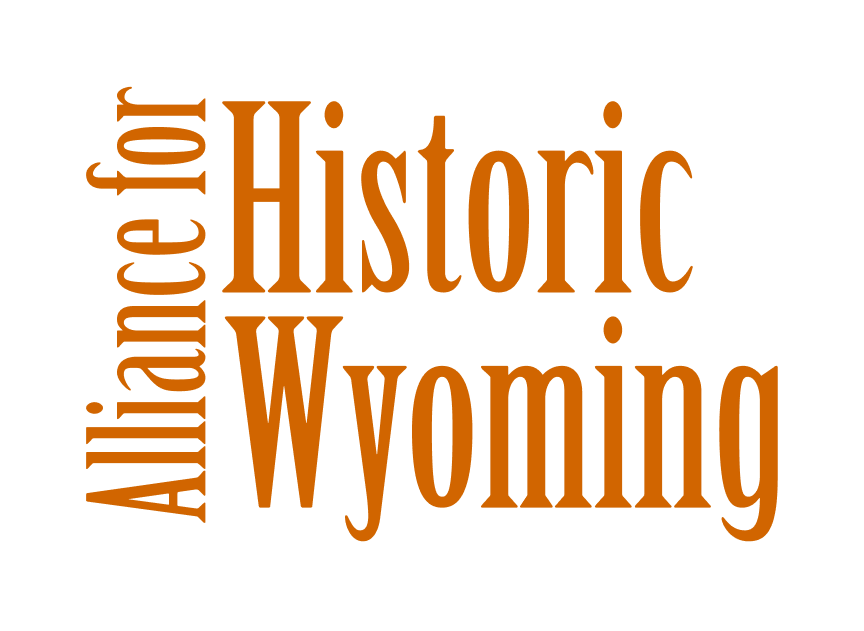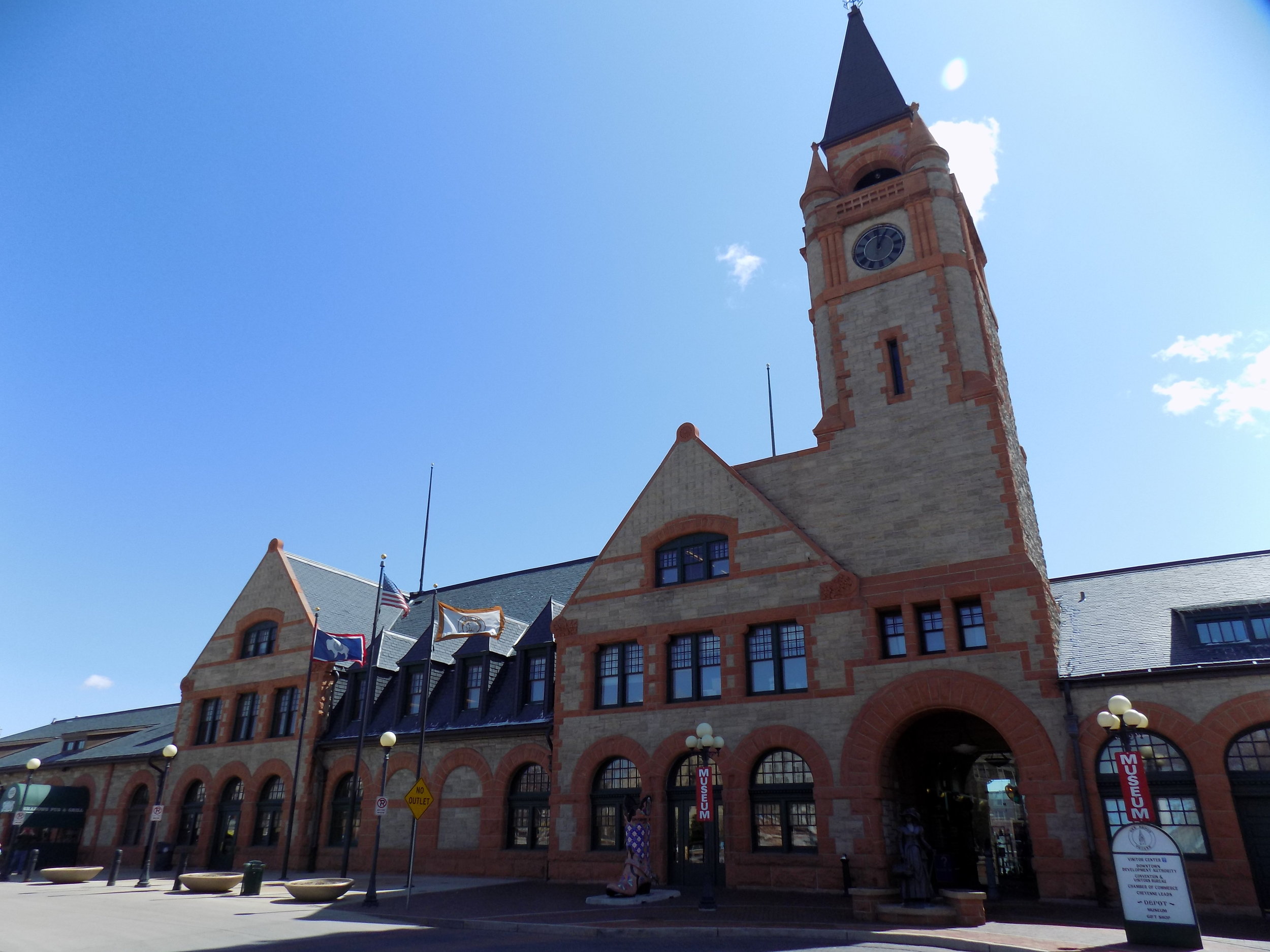By Luke Anderson
November 2, 2016
To honor the recent Halloween holiday, this week’s historic spaces profile will be about ghosts. But not ghosts of people – in historic preservation, we deal with ghosts of buildings. Carbon has plenty of ghosts of buildings. In fact, it’s an entire ghost town. All that remains are a few crumbling foundations and a cemetery, evidence of a once-thriving human presence in the vast open landscape of the Shirley Basin.


 Carbon was founded in 1868 along the Union Pacific railroad and was named for the resource that was mined in the area: coal (WyoHistory.org). Carbon was a unique boom town in which its rapid growth and prosperity was driven by two different, but interrelated industries. The town was named for its coal mines, which was used to fuel the Union Pacific trains that chugged through the town. The population of the town peaked at over 1,000 people, but by the 1890s, coal production had decreased as new mines had been opened near Hanna, Wyoming, and in 1899 the Union Pacific completed a new rail line across the west that bypassed Carbon entirely (WyoHistory.org). The decrease in coal production and the disappearance of the rail line spelled the end for the mining town.
Carbon was founded in 1868 along the Union Pacific railroad and was named for the resource that was mined in the area: coal (WyoHistory.org). Carbon was a unique boom town in which its rapid growth and prosperity was driven by two different, but interrelated industries. The town was named for its coal mines, which was used to fuel the Union Pacific trains that chugged through the town. The population of the town peaked at over 1,000 people, but by the 1890s, coal production had decreased as new mines had been opened near Hanna, Wyoming, and in 1899 the Union Pacific completed a new rail line across the west that bypassed Carbon entirely (WyoHistory.org). The decrease in coal production and the disappearance of the rail line spelled the end for the mining town.

